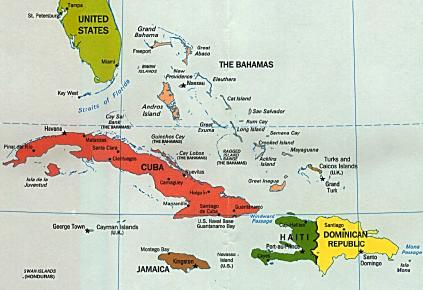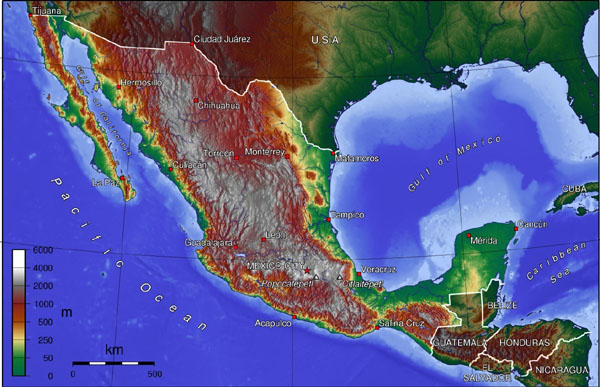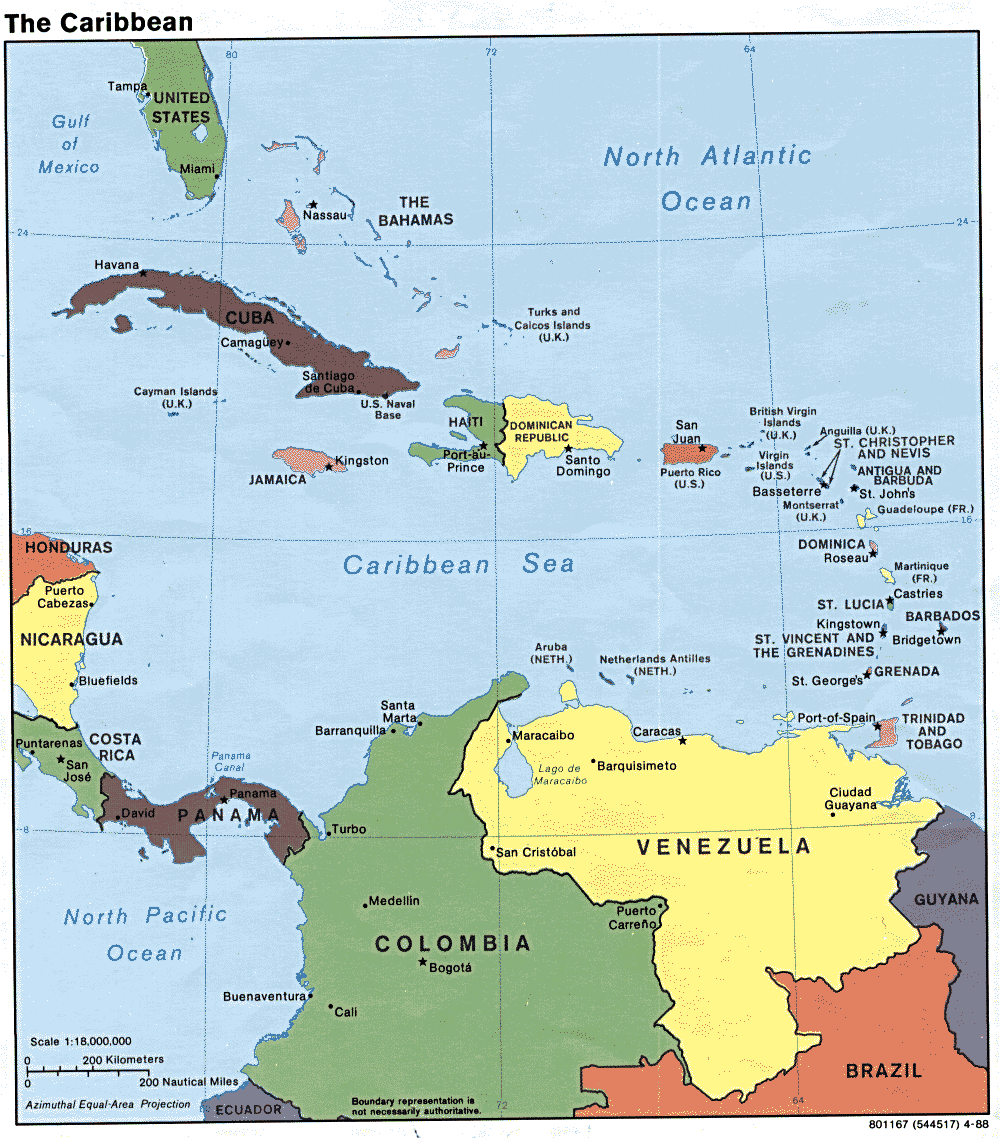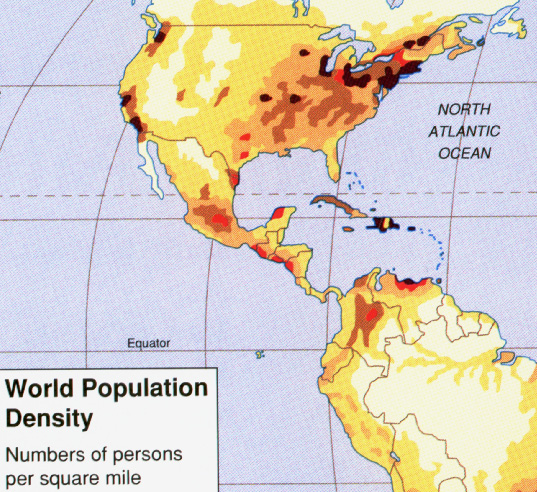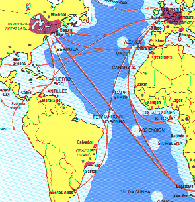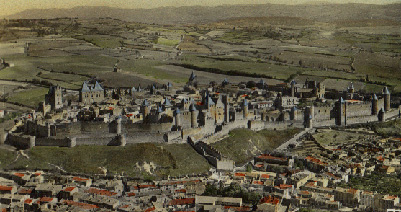
Divisadero, Copper Canyon Mexico, JVS; 2004.

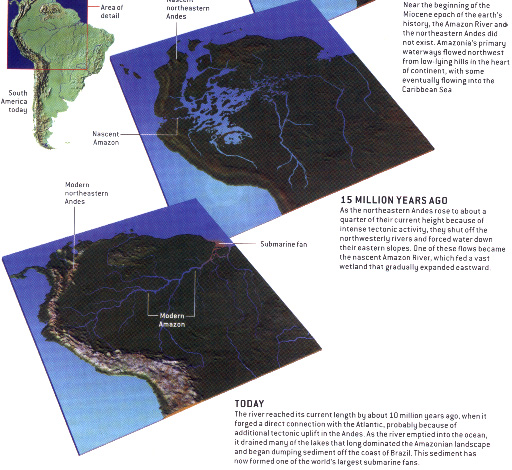
Geology of the Bioregion | Historical Maps of the Americas| Remaining forested areas
Hispaniola had an estimated population of 10 million aboriginal people before 1492.
The Greater Antilles
Spanish Map | Forest cover | Antilles
"Otherwise , central Mexico lay under the hegemony of the Aztecs."
Crosby, p. 45
Spanish Map of the Aztec and Mayan regions
The Caribbean Sea,
was called the Indies Occidentalis, or West Indies, and the Antilles.
The greater and lesser Antilles.
Forest cover in the Antilles bioregion
Population Density
This page was just renewed on
•December 20, 2007•
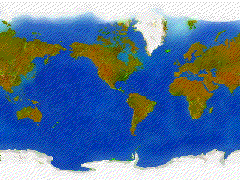 "History
is a dialogue between the living and the dead. An historical perspective
is shaped by the conversation we have with the parts of the past that
make sense to us. These events are meaningful to us because of the impact
they have on current affairs. The outcome of this discussion about our
past informs the present. That means that by seeing the past behind the
facade of current events we become more connected to our culture and that
natural world from which it is repeatedly drawn. By our talking to one
another, each of us participates in creating the means by which the past
remains alive in the present to influence our future.."
"History
is a dialogue between the living and the dead. An historical perspective
is shaped by the conversation we have with the parts of the past that
make sense to us. These events are meaningful to us because of the impact
they have on current affairs. The outcome of this discussion about our
past informs the present. That means that by seeing the past behind the
facade of current events we become more connected to our culture and that
natural world from which it is repeatedly drawn. By our talking to one
another, each of us participates in creating the means by which the past
remains alive in the present to influence our future.."
J Siry, 1990
On the web:
![]() "The
important thing is to not stop questioning, curiosity has its own reason
for existing."
"The
important thing is to not stop questioning, curiosity has its own reason
for existing."
-
problem solving index.


